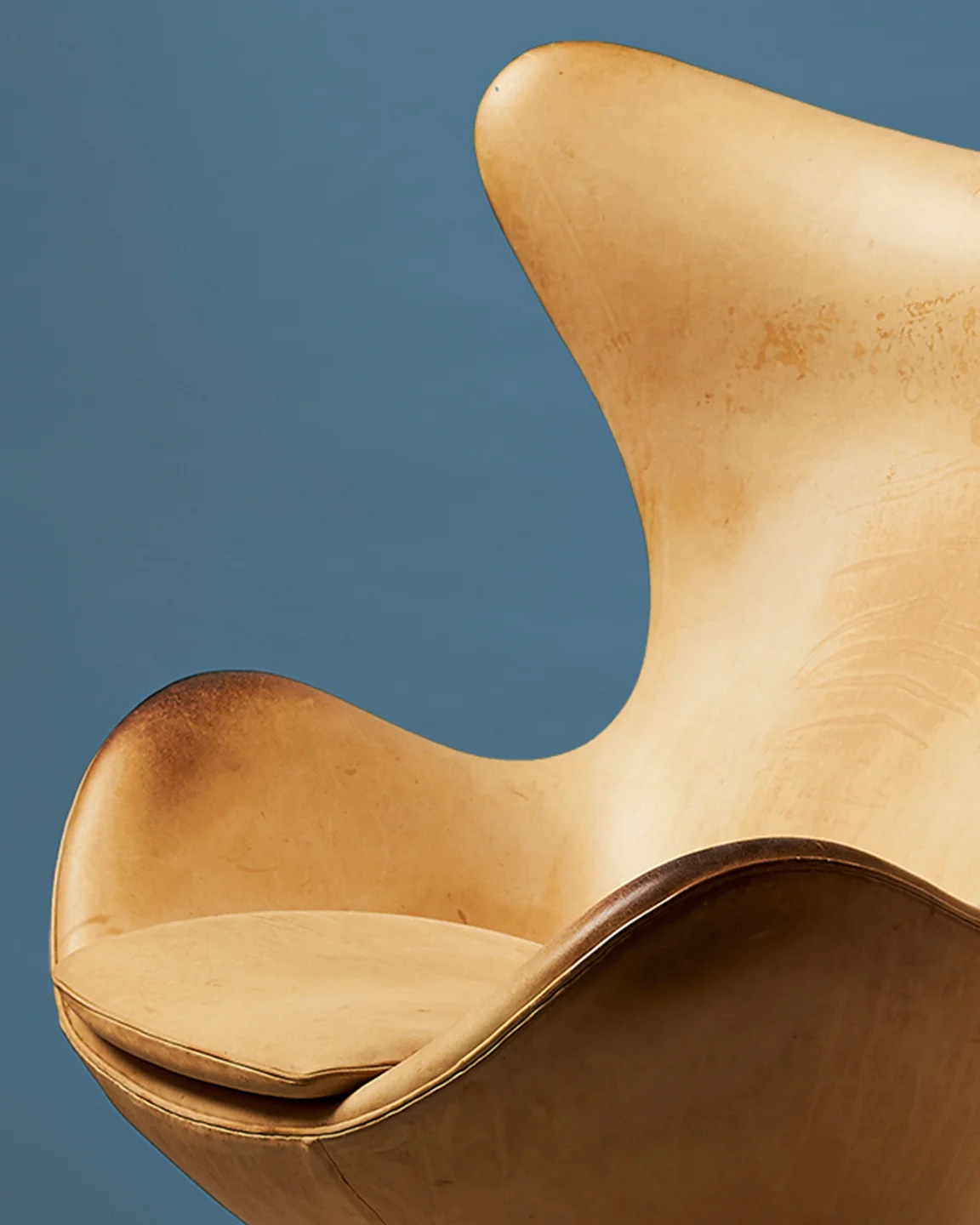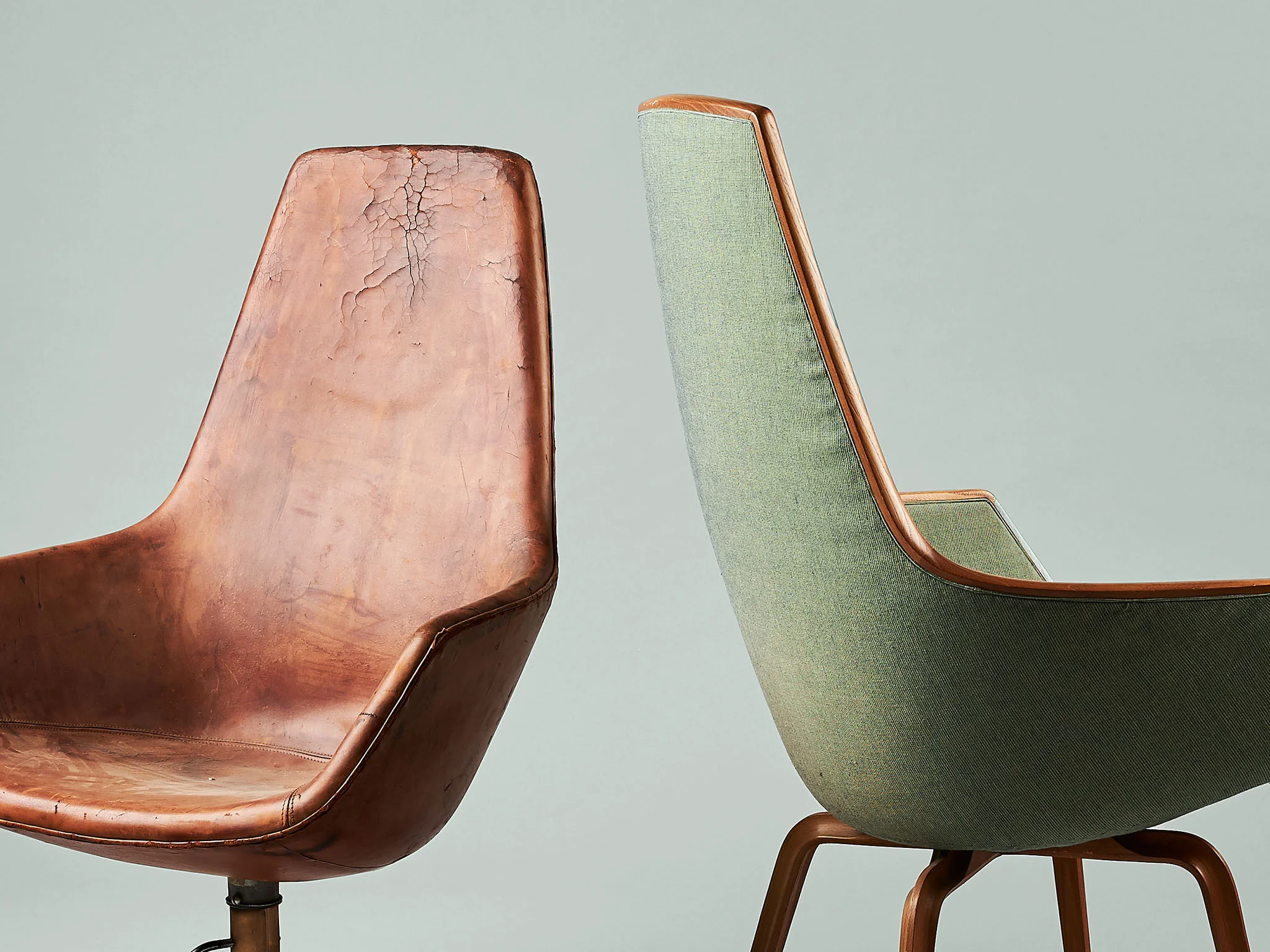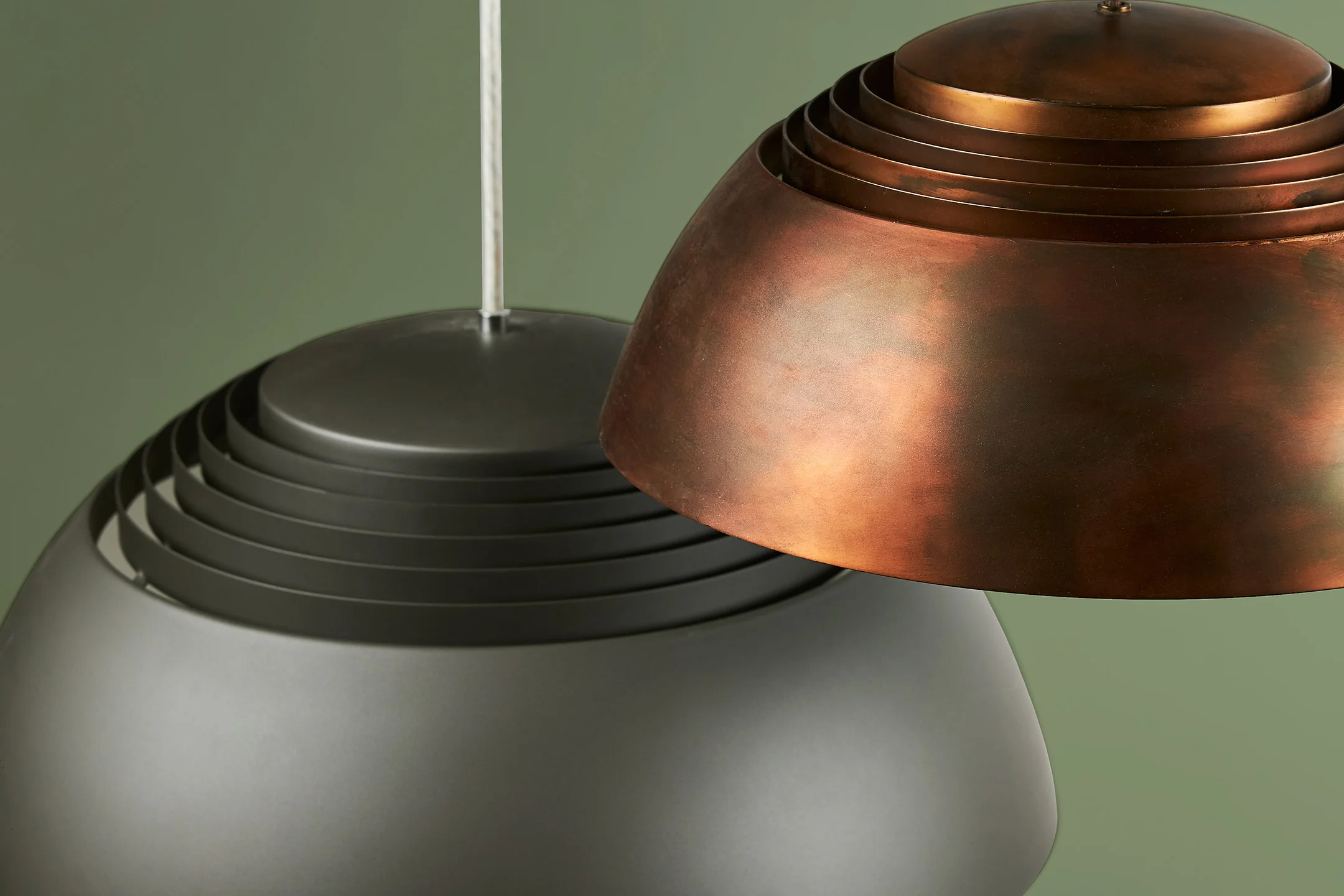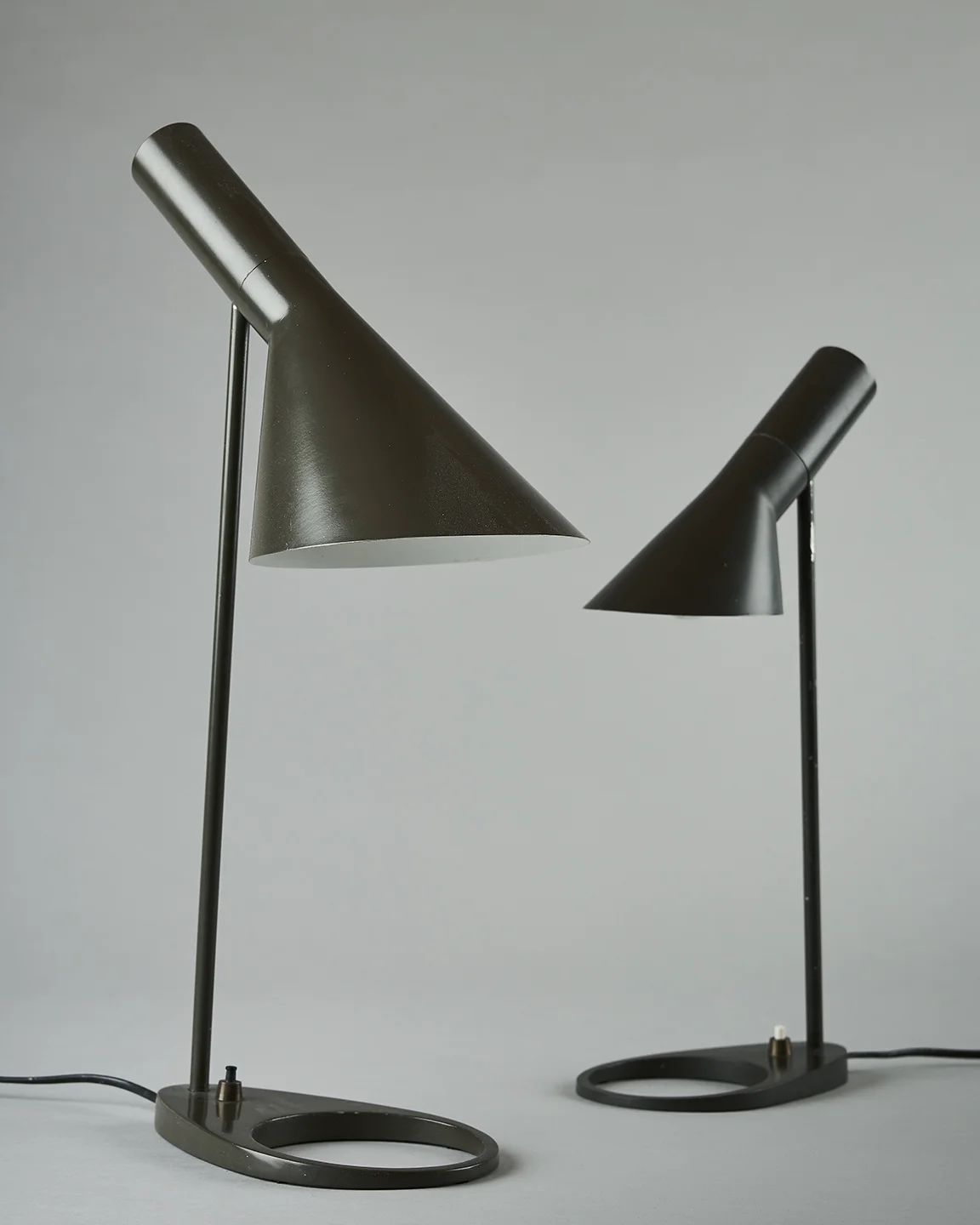THE SWAN
PART OF THE TOTAL DESIGN FORSAS Royal Hotel
As part of Arne Jacobsen’s iconic interior design of the SAS Royal Hotel, the Swan’s organic lines struck a contrast to the minimalist aesthetic of the architecture.
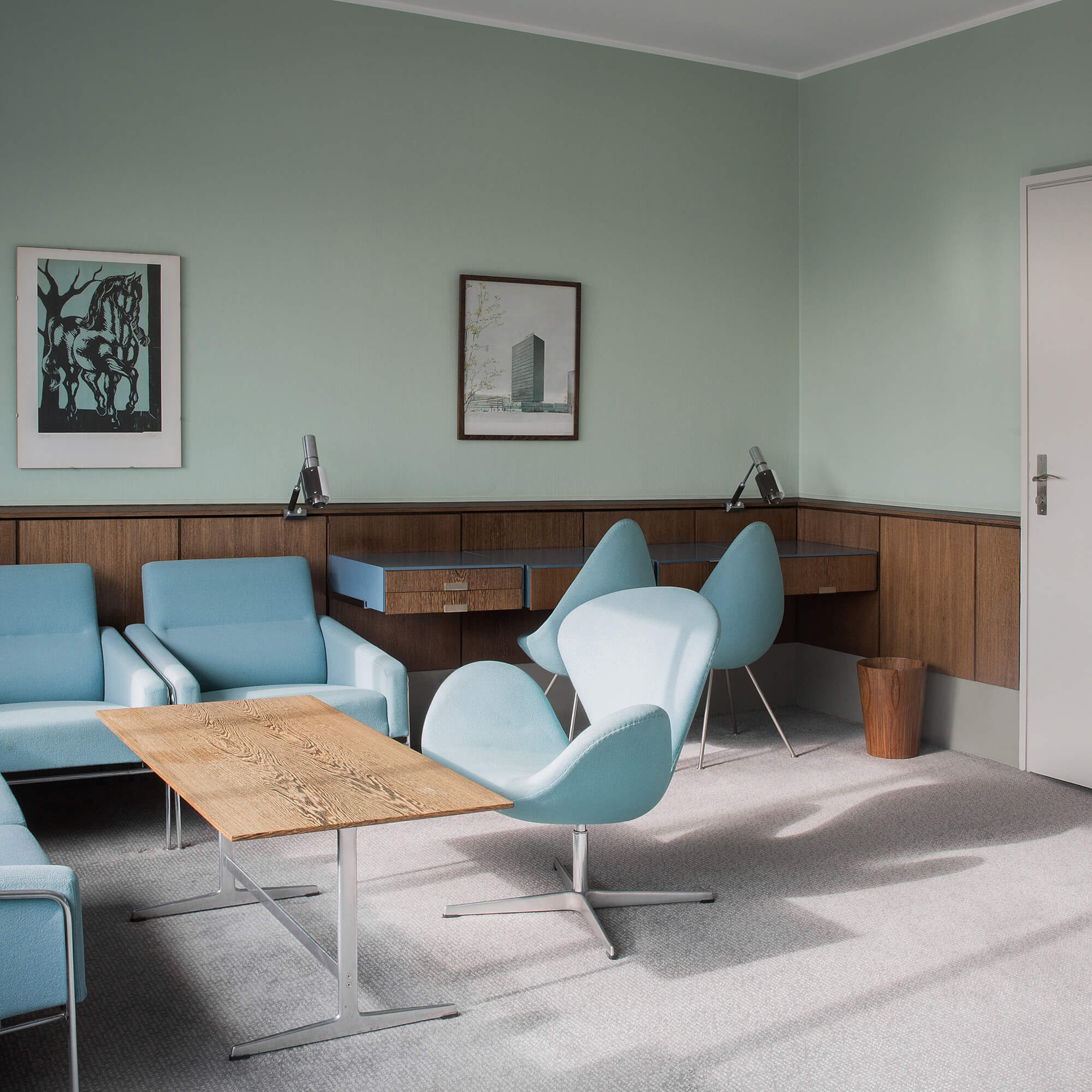
The Swan was designed as part of Arne Jacobsen’s elaborate total interior design for the SAS Royal Hotel (now Radisson Collection Royal Hotel). During the 1950s, its free, sculptural form made the Swan the image of a new era, and today, more than 60 years later, the design is found in public space and private homes around the world.
When the SAS Royal Hotel opened in 1960, it was Copenhagen’s first skyscraper and a symbol of a new age of prosperity, travel and international outlook. Both inside and out, the hotel was designed by Arne Jacobsen, and today, it is widely considered his principal accomplishment. With Swan and Egg chairs as pivotal features, Arne Jacobsen composed an elaborate total design characterized by harmony and resonance throughout and with rich detailing in materials, patterns, colours and shapes. In this holistic design, the Swan’s soft, organic lines struck a contrast to the right angles and minimalist aesthetic of the architecture.
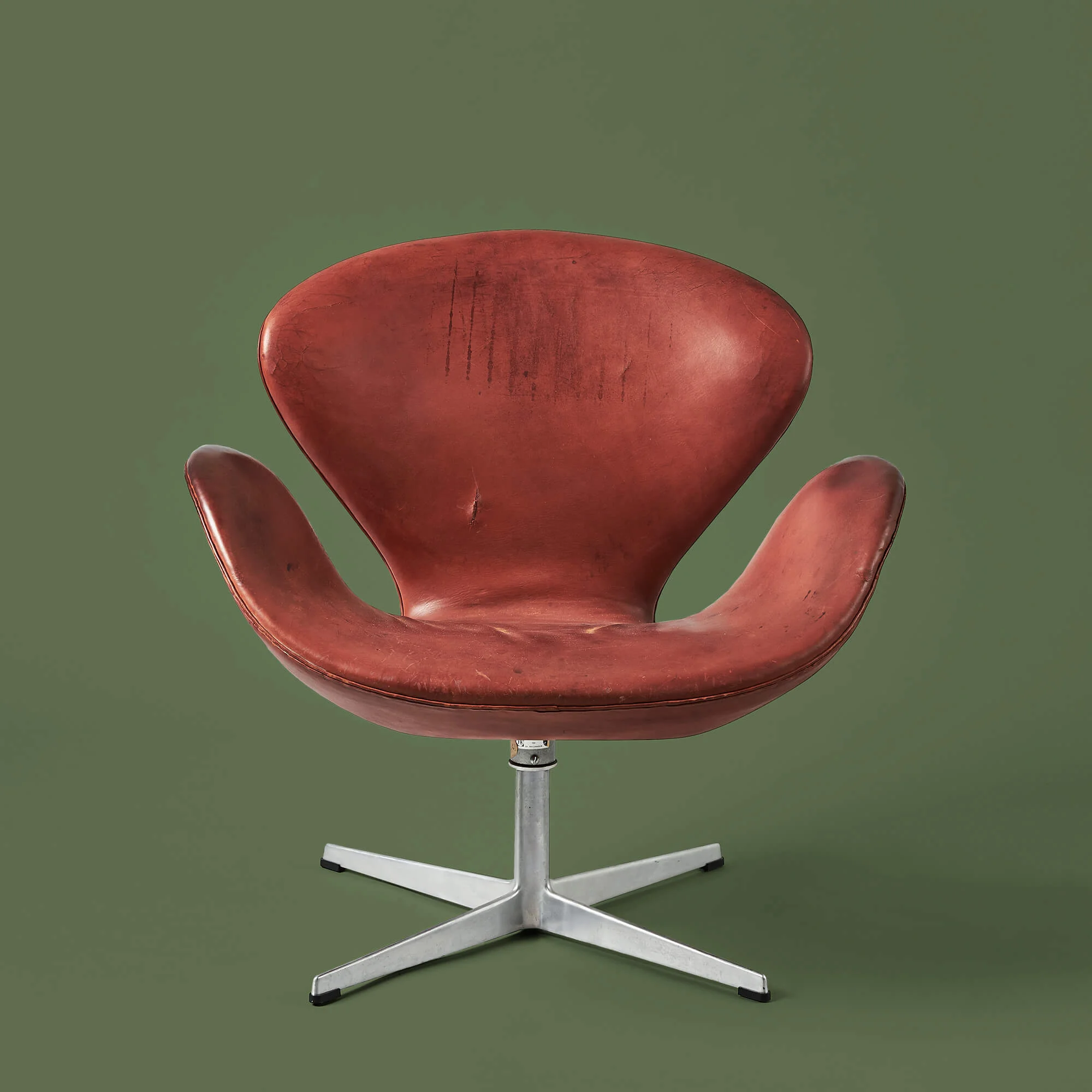
The chair’s organic expression is the result of Arne Jacobsen’s artistic approach to design and a novel technological method that Fritz Hansen had secured the rights to in the mid 1950s. With this new method, furniture could be shaped in a hard foam material, and the design was thus no longer limited to the technical capacities of wood. Like a sculptor, Arne Jacobsen could model his chairs in plaster and clay before continuing the development process at the factory in collaboration with Fritz Hansen’s technical experts. The result was groundbreaking, as it set the design free from the limitations of traditional materials. Using this method, Arne Jacobsen created some of his most famous and innovative furniture designs, such as the Swan, the Egg and the Drop, which combined exceptional craftsmanship, modern technology and free artistic form in sculptural furniture.

MANUFACTERED BY
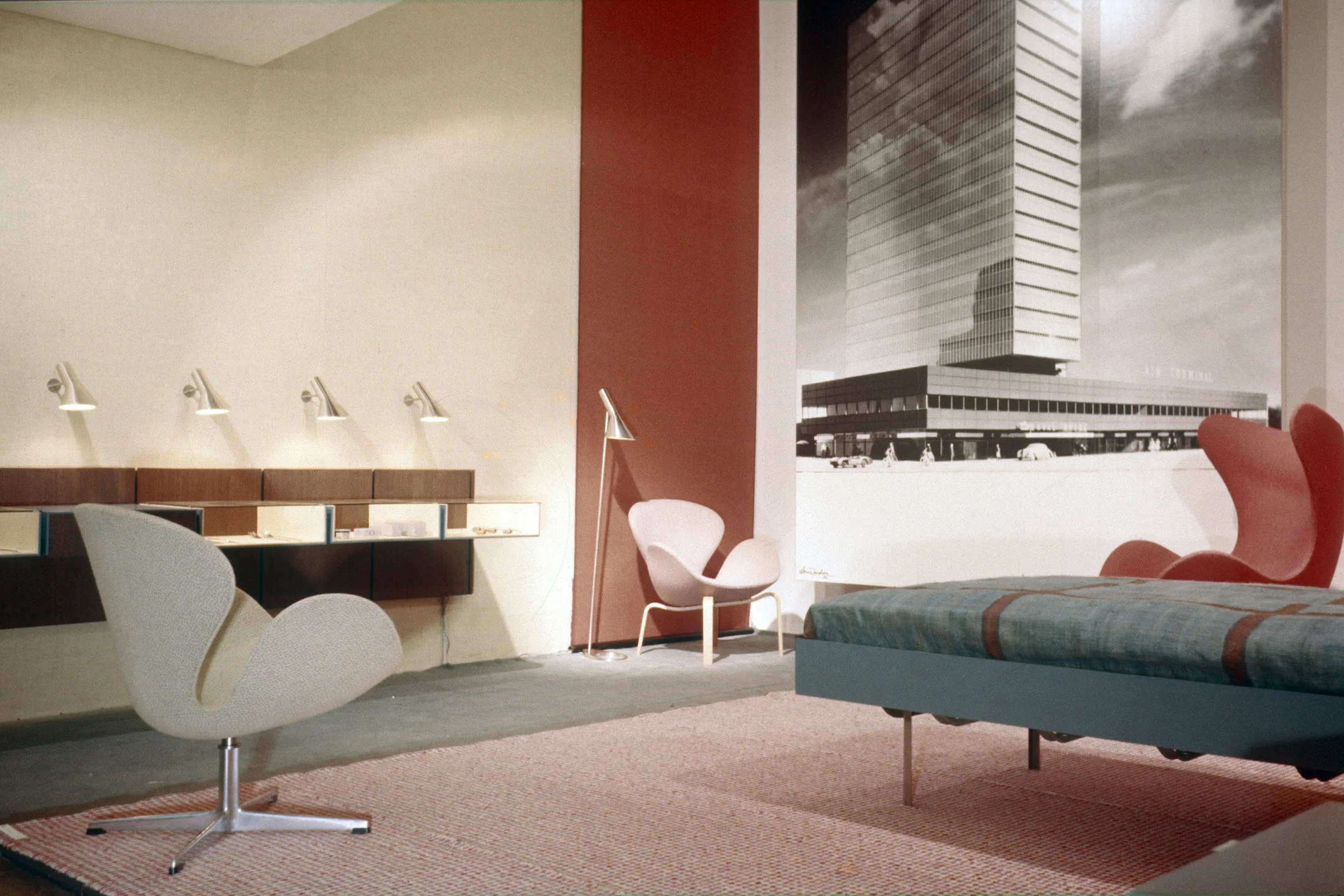
Like a sculptor, Arne Jacobsen could model his chairs in plaster and clay before continuing the development process at the factory in collaboration with Fritz Hansen’s technical experts.
With the Swan, Arne Jacobsen joined the post-war wave of furniture design in organic and sculptural forms. By experimenting with new industrial materials and technological methods developed during the war, architects and designers such as Finnish-American Eero Saarinen (1910-1961), Finnish Alvar Aalto (1898-1976) and American Charles (1907-1978) & Ray Eames (1912-1988) sought to create modern furniture for the global market. Plywood, synthetic foam and plastic lent themselves to industrial mass production and enabled a free, organic design expression. Arne Jacobsen joined this trend but combined the synthetic industrial materials with a Scandinavian grasp of the textural qualities and warmth of natural materials.
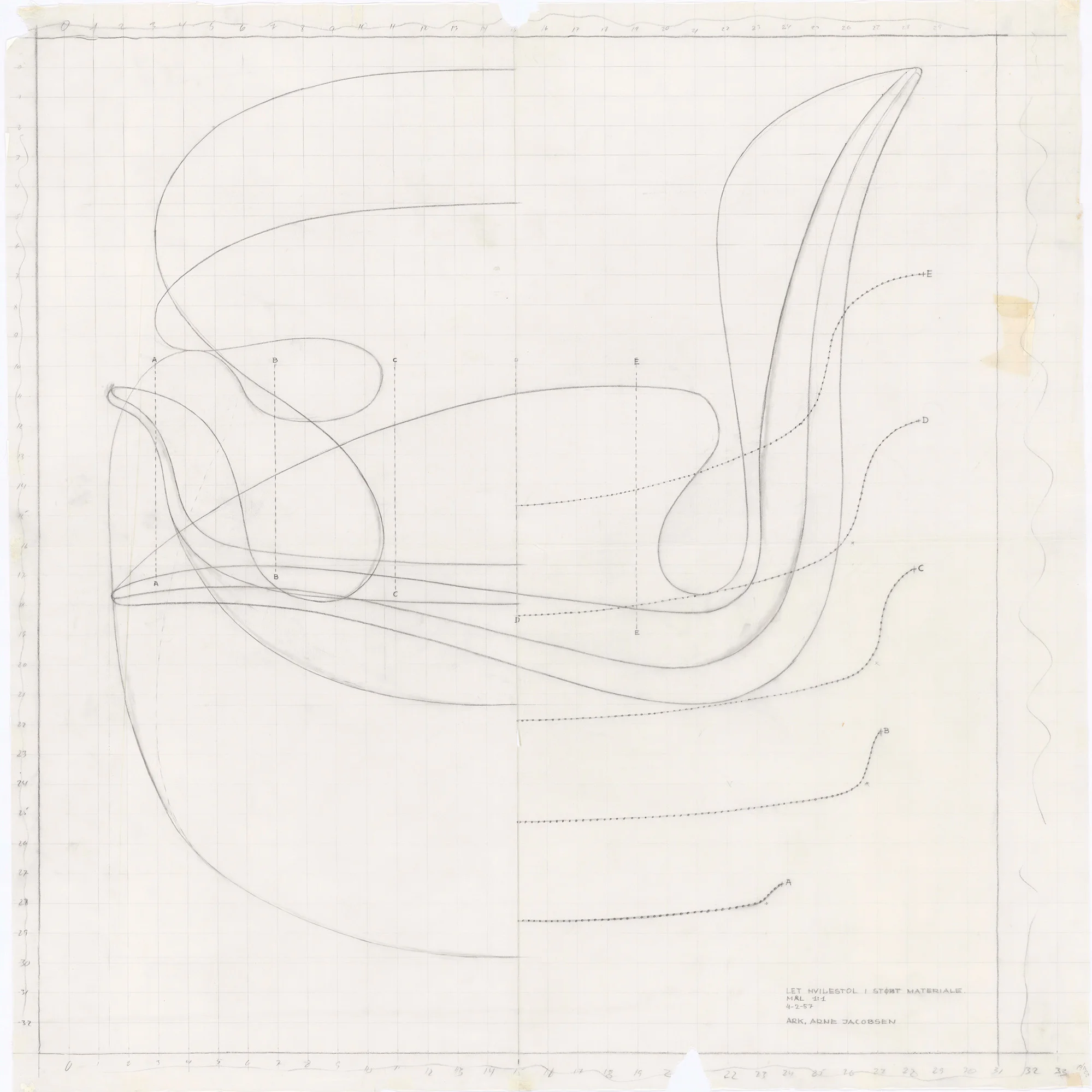
As early as 1952, Arne Jacobsen had drawn international attention with the Ant, which had a seat and back shaped in a single sheet of moulded plywood. Early drawings of the Swan compared to the chair’s characteristic form, with the deep cuts in the transition between the seat and back, where the shell’s curvature is most intense, reveal that Arne Jacobsen originally had a plywood chair in mind. Because Fritz Hansen’s new production method made it possible to cast the seating shell in the synthetic material Styropor, the Swan was instead designed as a lightly padded chair. For a few years, an alternative model was available with a wooden frame, intended for buyers with a more traditional decor. The designs for the SAS Royal Hotel further included the Swan sofa, which was also put into production.

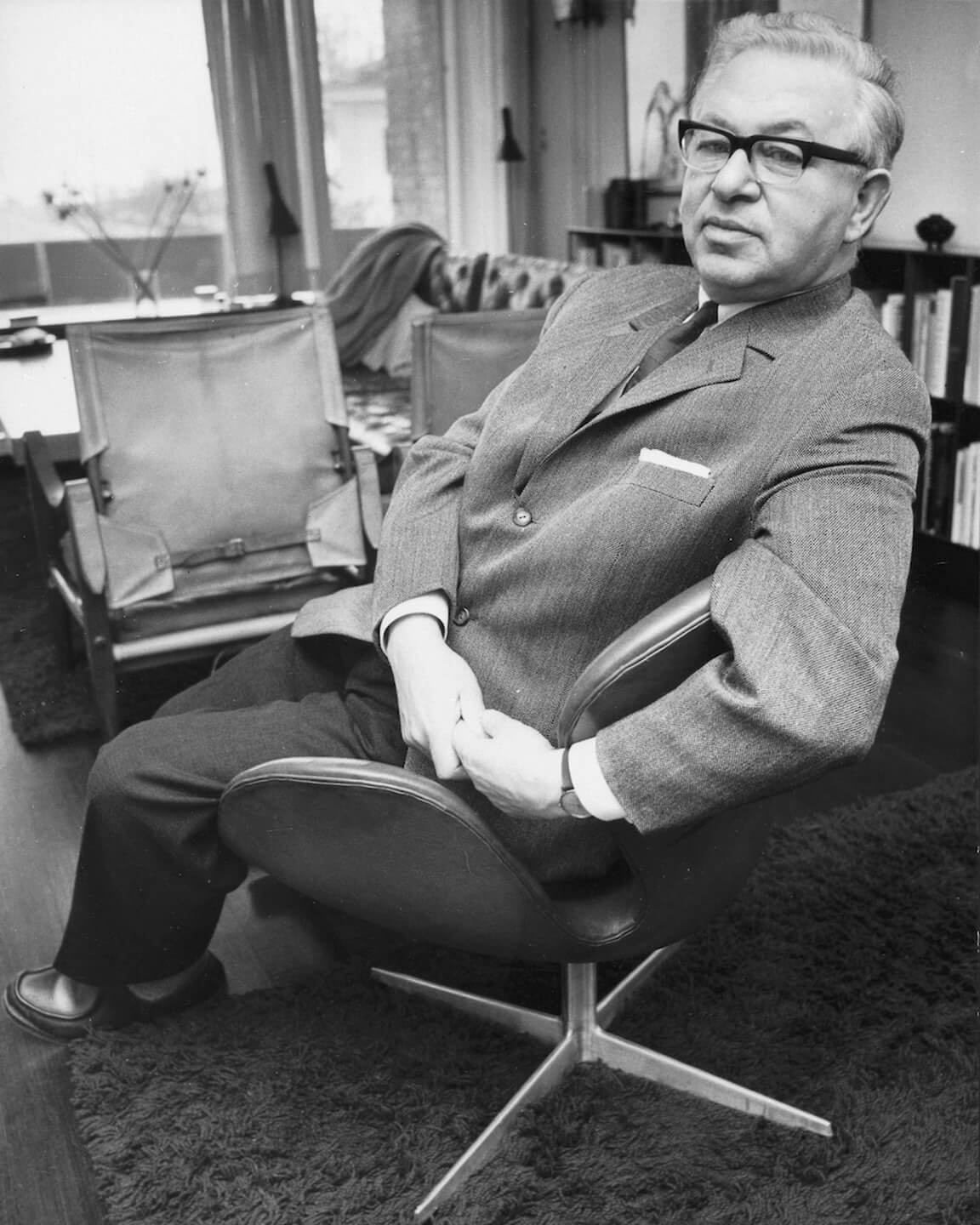
At the SAS Royal Hotel the Swan contributed to an atmosphere of international class and modern comforts. Later, the Swan was often included in the comprehensive total interior designs Arne Jacobsen created for his architecture projects.
At the SAS Royal Hotel the Swan contributed to an atmosphere of international class and modern comforts. Later, the Swan was often included in the comprehensive total interior designs Arne Jacobsen created for his architecture projects. Here, Swan chairs were often used in centrally placed groups in a rectangular, high-ceilinged room as an intimate and sensuous addition to a spectacular space. One example is Arne Jacobsen’s 1964 design of St. Catherine’s College in Oxford. Here, Swan chairs in leather upholstery were grouped around circular tables in the soaring two-storey space of the college Library. It was also used in the cathedral-like lobby of The National Bank of Denmark, where a group of black Swans serve as a welcoming focal point in an otherwise rather overwhelming space.
Sources: Arne Jacobsen Design Archives. / Arne Jacobsen’s drawings. The collection of architectural drawings, The Royal Library – Danish Art Library. / Arne Jacobsen’s scrapbooks. The Royal Library – Danish Art Library. / Sheridan, M. (2003). Room 606: The SAS House and the Work of Arne Jacobsen. London: Phaidon Press / Stenum Poulsen, K., Skaarup Larsen, A., & Staunsager, S. (2020). Arne Jacobsen – Designing Denmark. Kolding: Trapholt. / Thau, C., & Vindum, K. (1998). Arne Jacobsen. Copenhagen: Danish Architectural Press. / Tøjner, P. E., & Vindum, K. (1994). Arne Jacobsen: arkitekt & designer. Copenhagen: Dansk Design Center.


